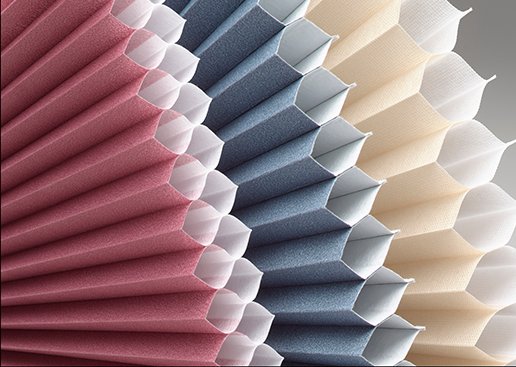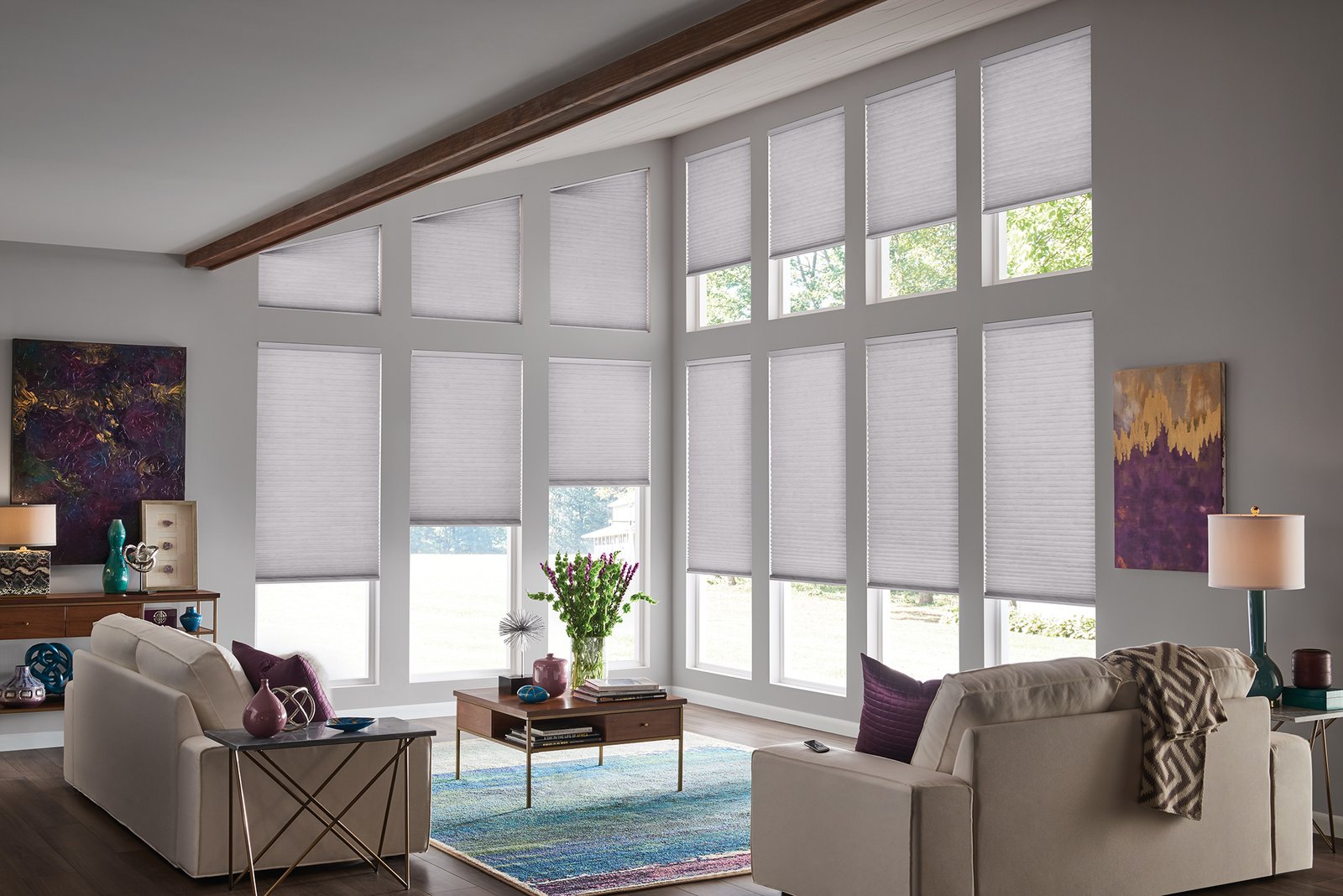What Are The Best Energy Efficient Blind Options?
One factor worth considering as you’re weighing the various options for your custom window coverings is energy efficiency. Energy efficient window coverings can provide significant savings on heating and cooling costs. And who doesn’t want to reinvigorate their home with beautiful custom window treatments, while also reducing their utility bill in the process?
Unfortunately in the custom window coverings industry many claims regarding the energy efficiency of certain products are thrown around without much data to support the claims. Consequently, what we won’t do is make any claims about the energy efficiency values of our products. What we will do is present data that has been developed by various independent studies, to provide an objective overview on the energy efficiency of various product categories.
Before we look at the three most energy efficient window treatments, we first need to understand the most common measure of energy efficiency: the R-value. R-value’s measure the thermal resistance for materials. The higher the R-value, the better the thermal resistance. As a point of reference: a piece of 1/2” plywood has an R-value of approximately 1.25, aluminum siding with 1/2” insulation has an R-value of approximately 1.8, and a wood door with a solid core has an R-value of approximately 2.2.
A single pane window has an R-value of approximately 0.9. When it comes to calculating the R-value for window treatments, the style of window must be considered, as the R-value can fluctuate significantly based on the number of panes (among other factors). The generally accepted practice is to measure R-values for various products when they are installed behind a single pane window. All R-values that we will provide are taken from research documents that measured R-values when products were installed behind a single pane window.
While not an exhaustive list, here are the 3 most common products when talking about R-value.
Cellular/Honeycomb Shades

Cellular shades are the most energy efficient window coverings available. Cellular shades are available in a wide variety of fabrics, including single cell and double cell fabrics (read our website on the difference between single cell and double cell), so the R-value will vary based on the fabric used. Single cell shade fabrics will not provide as high of an R-value as will double cell shades.
The well-accepted range of R-values for cell shades is 2.0 to 5.0. On the low end of the range, this means that cellular shades more than double the insulation value in the window. At the high end, they more than quintuple the insulation value.
When combined with our Insulating SlumberShade side channel system, you can increase the efficiency even further.
Plantation Shutters

As with the various cellular shade fabrics, the R-value of a shutter will depend on the material composition. Wood shutters will have a slightly lower R-value than will vinyl shutters. So if you’ve already decided on a custom shutter for your home, but you want the most energy efficient shutter, then you’ll want to choose a vinyl shutter.
A report by the Smart Energy Alliance found that R-values for shutters range between 2.77 (wood) and 3.17 (vinyl). Most research that we’ve seen would support this range, however, a Cornell study found that plantation shutters have an R-value as high as 4.0 when installed properly in a single pane window.
Roller Shades


